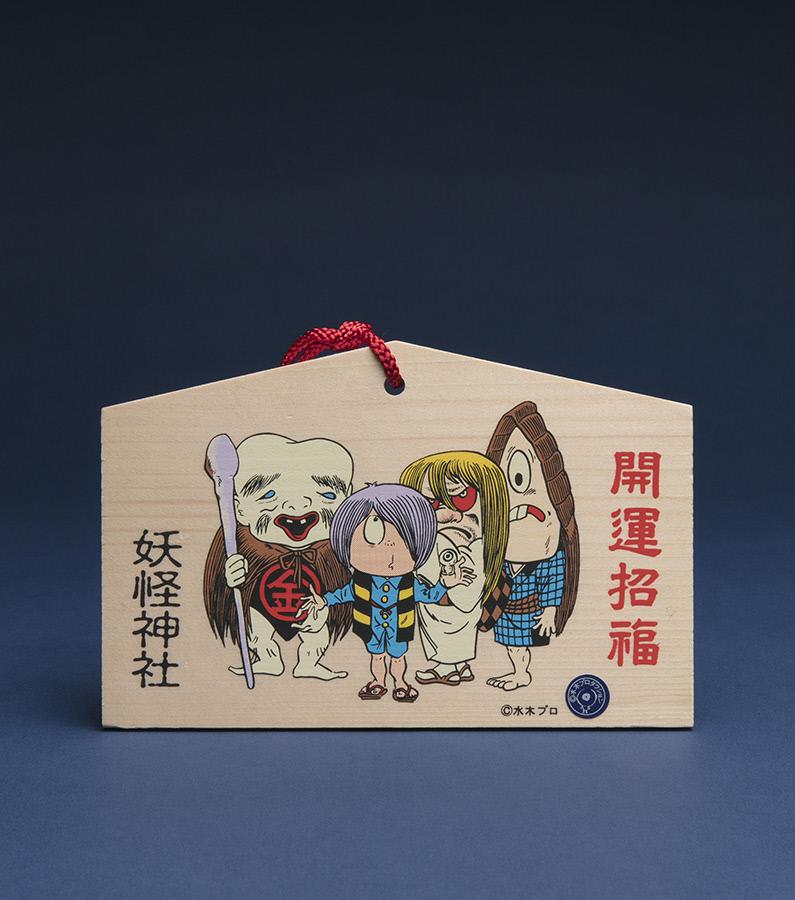Ema, Japanese Wishing Plaques
Appropriate for grades: K - 12
Subject areas: History and Social Studies Visual and Performing Arts
Since the beginnings of human culture, people have sought blessings and good fortune from the sacred realm. Whether that realm is believed to include certain deities, gods, spirits, or other forces, a sense that both harm as well as great fortune may emanate is universal among humans everywhere. The practice of writing a personal wish or prayer on a wooden plaque, called ema, usually takes place at Shinto shrines throughout Japan. This practice dates back to the Nara period in the 8th century. In contemporary Japanese society, this is most commonly done during certain times of the year, like the New Year and during exam season. Spanish Language Version
Teaching / Learning Goals:
Teachers and students will …
Objectives
- Understand the way that Ema are used in Shinto Temples in Japan (historical and cultural understanding).
- Describe and discuss the process of making an Ema, including the use of symbols and imagery, their meaning and the materials that are used (perceiving, analyzing and responding).
- Explore the Japanese tradition of Ema, create your own wishing plaque and then hang it up in a designated place (creating and performing).
